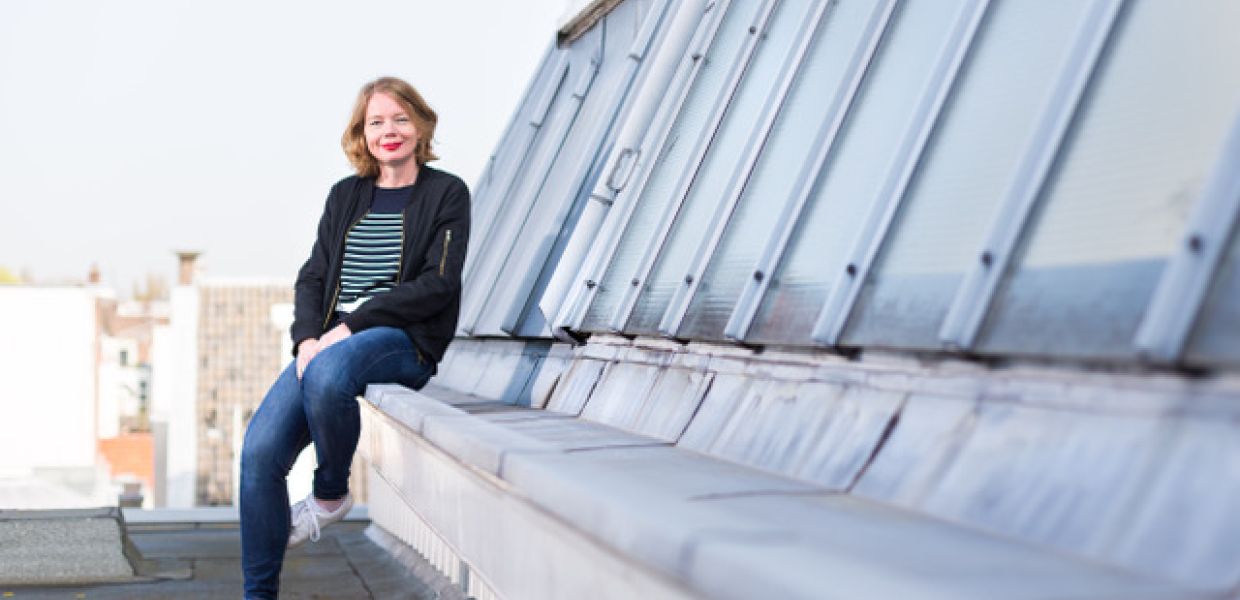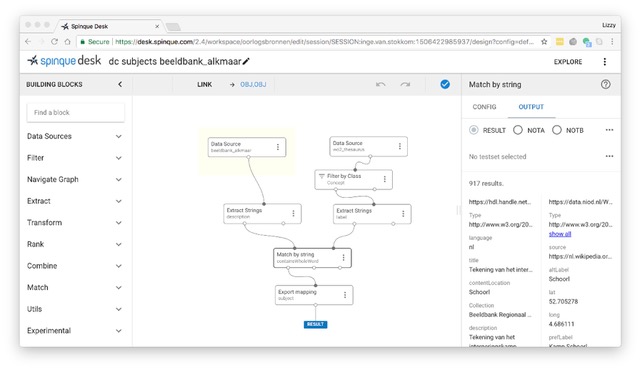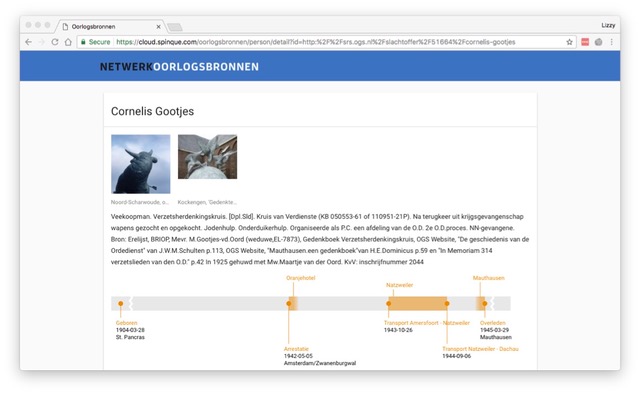Meet the Members Council: Lizzy Jongma
Hear directly from each of your elected Members Council representatives, and get to know them a little better.

- Title:
- Lizzy Jongma
- Creator:
- Anne Reitsma Photography
A New Digital Era
In 2015, when I was elected as Members Councillor for the first time, I was working for the Rijksmuseum Amsterdam. In my blog post, I wrote about our work on Open Data, Linked Open Data and Open Access. And about my personal dream: to access, and even touch and smell history and heritage.
Even though I changed jobs, I am still working on Open Heritage through digitization, and connecting information from different resources to improve our understanding of the Past. In 2016, I started working for the Dutch Network for War Collections, a digital Platform for war collections from and about the Netherlands during WW2. The platform is facilitated by the NIOD, Institute for War, Holocaust and Genocide Studies and the Royal Academy for Sciences (KNAW). We estimate that at least 450 Institutes hold WW2 related collections. Approximately 7% of the collections are digitized, and less than 3% is available through an API with an Open License.
Connecting resources to enrich heritage
The Dutch Network for War Collections collects tangible and intangible heritage: objects, but also biographical data and information about places and events. Our current collection gathers 10 million objects from 50 different data providers. By bringing together t resources from various collections, we can connect and enrich heritage. For instance, we found information about a prison in Arnhem that was attacked by the Dutch Resistance. The prison still exists, and the building is now a historical building with Monumental status. We discovered contextual information about the attack and the resistance fighters in many different archives.One of them, 200 kms away from Arnhem, even holds an image of the prison’s keys!
 NER technique to match a collection and a thesaurus
NER technique to match a collection and a thesaurus
To create these links, we build thesauri describing objects, people, events and places. We use Named Entity Recognition (NER) to find objects, places, people and events in metadata and we add the matching data to object descriptions. We also reconstruct lives of people from resources - a service much appreciated by relatives and descendants.
 Lives of people are reconstructed from many different resources. The resources are used to create timelines of events in the lives of people
Lives of people are reconstructed from many different resources. The resources are used to create timelines of events in the lives of people
Sharing Open Data to build the Network War Collections
The Dutch Network for War Collections is building a digital, online thematic platform for teachers, children,historians, and families. And we need Open, Accessible, structured data to be able to build our thematic collection. We totally depend on our content providers and their willingness to produce and share digital data.
The Network War Collections is a mini version of Europeana: we have the same goals and have to deal with the same obstacles. By working together, sharing experiences, continuing pioneering work and showing the amazing things you can do, we hope to encourage organizations to put their collections online and to get the most out of digital heritage.
Even though we can’t touch or smell the past yet, we have come a long way in bringing together the pieces of the puzzle called WW2.

